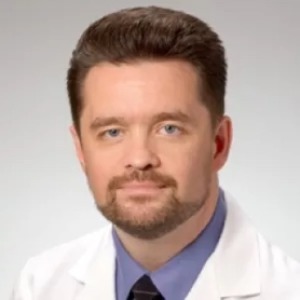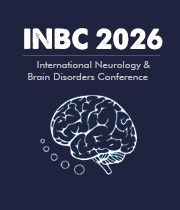Spinal Cord
The spinal cord is a structure made of nerves that connects the brain to the rest of the body. It runs down the center of the back and is encased in the vertebral column. It is responsible for the transmission of numerous signals that enable the body to move, feel, think and respond to its environment. It is vital for motor and sensory functions. The spinal cord is a cylindrical structure that measures approximately 45 cm. It is composed of white and gray matter, protected by three layers of spinal membranes. White matter is responsible for relaying sensory and motor information, while gray matter is involved in processing this information. Along and within this cord are nerve fibers that send signals to and from the brain. These nerves also convey signals from the peripheral nervous system to the body. The spinal cord works together with the brain to coordinate movement and sensation. When an action is desired, nerve signals originate from the brain and travel down the spinal cord. These signals are translated in the gray matter of the cord. The circuitry of motor neurons then relays the signal to the muscles, allowing movement to occur. In a similar manner, sensation is transmitted up the spinal cord to the brain in a process called proprioception. This sense is understood by the brain to be the body’s awareness of itself in relation to its environment. The spinal cord can be damaged from trauma or from certain diseases, such as spina bifida and multiple sclerosis. Traumatic injuries may be caused by surgery, motor vehicle accidents, or explosives, among other things. Such injuries can result in partial or full paralysis and loss of sensory information. Diseases are often caused by a genetic mutation, affecting the development and or functioning of the nervous system. Treatment plans target the specific injury or disease by improving functioning and quality of life, and are tailored to the patient’s individual needs. The spinal cord is an integral part of the nervous system, responsible for motor and sensory abilities. Damage to this structure can alter someone’s ability to move and feel, resulting in severe disability. It is important to note, however, that medical interventions exist to improve the function and quality of life for patients affected by spinal cord injuries or diseases.

Joe Sam Robinson
Mercer University, United States
Robert B Slocum
University of Kentucky HealthCare, United States
George Diaz
Memorial Healthcare Systems, United States
Daniel Curry
Texas Children’s Hospital, United States
Zhenhuan Liu
Guangzhou University Chinese Medicine, China
Kiran Ghotra
Lake Erie College of Osteopathic Medicine, United States




Title : Atypical presentation of Juvenile myoclonic epilepsy in a 16-year-old female: A Case Report
George Diaz, Memorial Healthcare Systems, United States
Title : What we don’t know about hydrocephalus and It’s management
Daniel Curry, Texas Children’s Hospital, United States
Title : Artificial intelligence-driven DWI and FLAIR for the detection of early stroke changes: A systematic review
Shari L Guerra, The Medical City, Philippines
Title : Mapping neuroplasticity in occupational therapy: Evidence-based interventions with measurable neural outcomes
Jessica Marchant, Texas Woman's University, United States
Title : Non-pharmacologic management of orthostatic hypotension in inpatient rehabilitation: A quality improvement initiative
Laura Steakin, Rehabilitation Institute at Sinai, United States
Title : Non-pharmacologic management of orthostatic hypotension in inpatient rehabilitation: A quality improvement initiative
Mackenzie Weber, Rehabilitation Institute at Sinai, United States